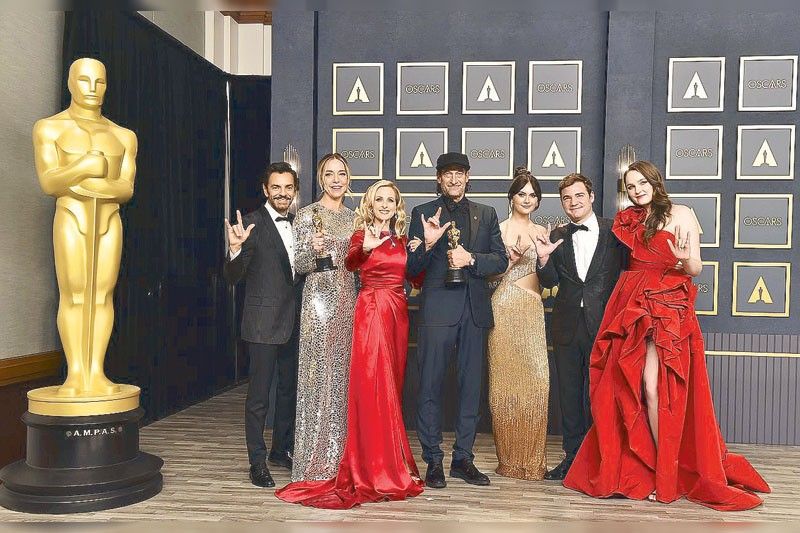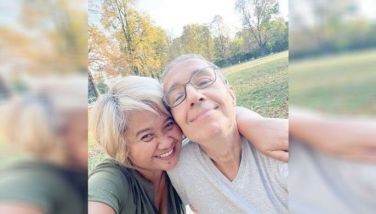CODA brings back Both Sides Now

I fell in love with Both Sides Now the first time I heard it in 1968. I thought it beautiful and unusual for a pop song. It had words like “Rows and flows of angel’s hair and ice cream castles in the air and feathered canyons everywhere, I’ve looked at life that way.” It was poetry which spoke volumes to the teenagers of the time.
Both Sides Now was recorded and became a big hit for the sweet-voiced Judy Collins. It was a composition by Canadian singer and songwriter Joni Mitchell. Although Collins did justice to the song, many found it strange that Mitchell did not record the original.
Mitchell eventually did and her versions, she made several, including one with a full orchestra as accompaniment, turned Both Sides Now, not only into a bigger hit but into one of the greatest songs of all time.
As I got older and found a deeper understanding of the lyrics, Both Sides Now became my go-to song. It provides sympathy during sad times when I get to thinking of things I could have done differently. It brings to mind wistful moments when the fairy tale almost came through. And the shrug as I leave behind another show. I have been through the rigmarole, clouds, love and life and like the song I still do not know them well at all.
There now exist a lot of cover versions of Both Sides Now. Frank Sinatra’s, Dion’s, Neil Diamond’s, one by Susan Boyle, an instrumental one by Herbie Hancock, as a duet by Josh Groban and Sarah Bareilles and recently by a new singer named Emilia Jones for the soundtrack of the movie CODA.
Both Sides Now has been used quite effectively in a movie soundtrack before. Mitchell herself performed a laid-back rendition for a dramatic scene in Love Actually for the scene wherein the wife Emma Thompson received a Joni Mitchell CD for Christmas instead of the necklace she saw her husband, Alan Rickman purchase in a department store. A heartbreaking realization to the tune of Both Sides Now. And recently there came CODA.
The letters CODA stand for Child of Deaf Adults. Written and directed by Sian Heder and based on the French film, La Famille Beher, CODA is a coming-of-age story that centers on the high school senior Ruby Rossi, played by break-out newcomer Jones. She is the only hearing member of her family and has been for years the ears and voice of her parents, played to excellence by Troy Kotsur and Marlee Matlin and Daniel Durant as her older brother to the world around them.
Ruby’s is no easy life. Every day she gets up at three in the morning to help in her family’s struggling fishing business. Then she goes to school where she is bullied for her fishy smell and where she understandably falls asleep in class. Other times during the day she has to be around to interpret and speak for her family. What little respite she gets is spent singing which no one at home could hear let alone appreciate.
Cooped up in that situation, it becomes a major problem when a sympathetic choir teacher, played by Mexican star Eugenio Derbez, discovers Ruby’s potential as a singer and helps her get to the Berklee College of Music on a scholarship. A hard choice but everything is resolved to a happy end.
The way CODA plays out is a simple story that could have been a Hallmark movie on TV. But Heder and her excellent cast made it more than that. Watching it is a most enriching, rewarding, wonderful and all those other adjectives for a beautiful experience. The Academy Awards got its Best Picture winner right.
Both Sides Now is very much a part of that. Sung by Ruby for her Berklee audition with sign language for her family, it pushed the story to its satisfying conclusion. To the viewer though, it was a look at the other side, at the other person, at another’s life. How does the old adage go? I felt bad I had no shoes until I met a man who had no feet. It is looking at the world from Both Sides Now.
- Latest
- Trending




























